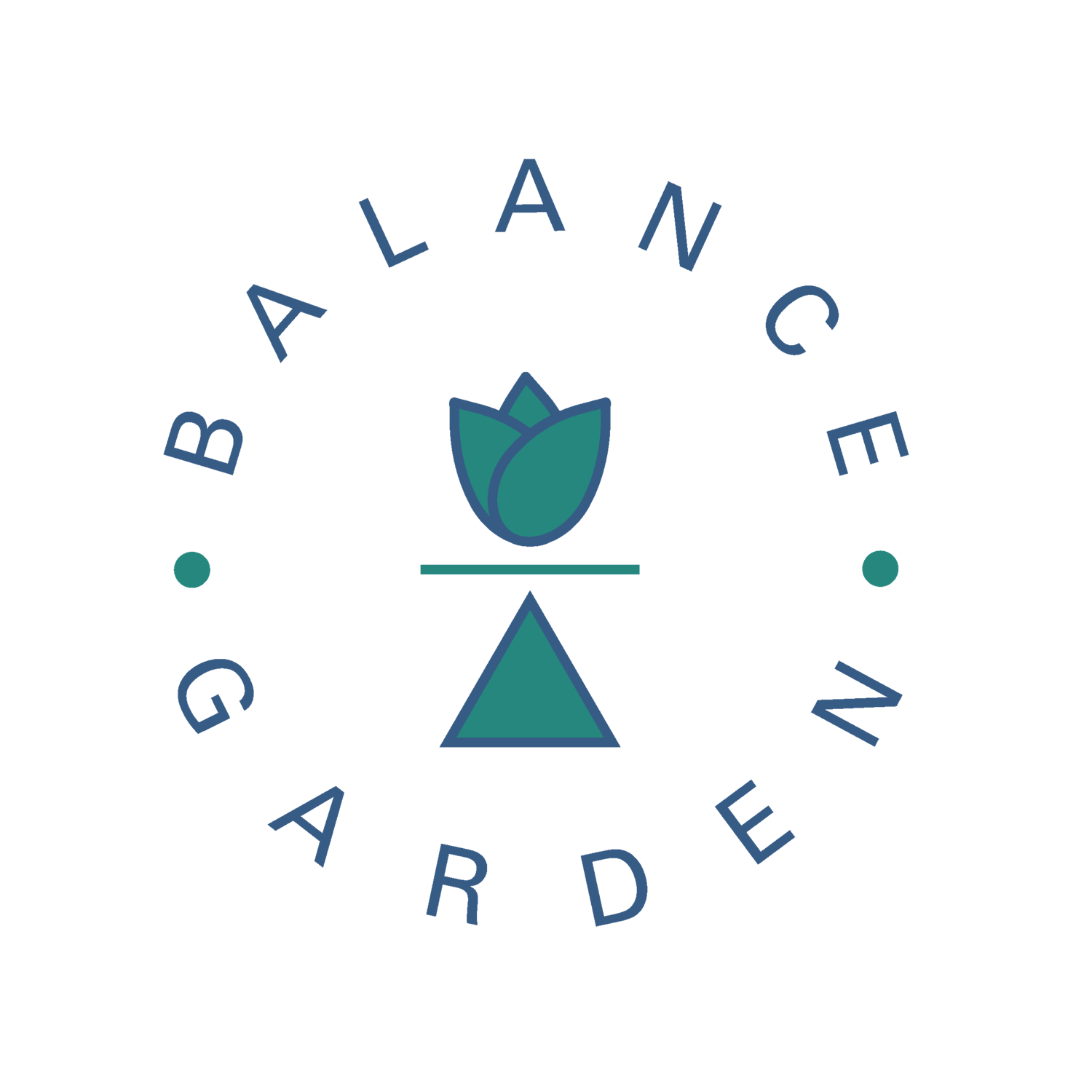Why Your Least Favourite Yoga Pose May Be the One You Really Need.
/If you practice yoga regularly, you may have a few favourite poses that you really enjoy practising and perhaps a few that you don’t enjoy so much. Maybe there’s one pose that you just can’t stand and you inwardly groan whenever it comes up in class?
Many few years ago, that pose for me was pigeon, which felt so intense that it was almost unbearable. As I struggled to stay in the pose for even a few breaths, I felt like I wasn’t ‘good’ at yoga.
Slowly over time and with perseverance, I grew to love pigeon.
Often, the poses we enjoy are the poses that we feel ‘good’ at. We might feel successful after executing a perfect balance or feel like a failure if we wobbled around and didn’t quite achieve the ‘goal’. It can be difficult in a society so focused on achievement and success to let go of judgement on ourselves and our practice. But yoga is not the attainment of physical postures. Getting attached to an ideal physical form in our practice keeps us from the real work of yoga.
When we practice with humility and patience, without judgment, frustration or ego, accepting ourselves and our practice in that moment, that is yoga. I struggle with arm balances and I can sometimes get caught up in feeling inadequate as a yoga teacher when my crow pose fails to take off. I avoided teaching the pose for this reason, but I was depriving my students and allowing my ego to take over. Instead, I’m now inviting my students to come on that journey with me and even if I crash as they fly, that’s ok.
“Do thy work in the peace of Yoga and, free from selfish desires, be not moved in success or in failure. Yoga is evenness of mind — a peace that is ever the same. ”
But back to that uncomfortable pigeon pose. The Bhagavad Gita, an important yoga text, describes the yogi as being alike “in pleasure and pain”. In applying that to our practice on the mat, I want to be clear that I’m not suggesting that anyone should push through actual physical pain during a yoga class. That’s a definite no-no that’s likely to end in injury. But staying with intensity, breathing through it and being ok with it, not letting it disturb your peace of mind, that is the lesson.
Life is full of ups and downs and we can get dragged up and down with it, elated when things are going well and unhappy when they’re not. But as we learn to breathe through whatever happens on the mat, we can learn to breathe through whatever happens in life and find that peaceful, evenness of mind.
Sometimes when we practice yoga, we can feel disturbed by mental or emotional discomfort, as much as any physical sensation. Some poses just seem to push our buttons. Emotions that we are unable or unwilling to deal with, can become stuck in the body and can be released through yoga practice.
Many people have experienced emotional releases during yoga practice and have been surprised to find themselves in tears. Yoga teachers often liken the hips to a junk drawer for emotions that we feel unable to deal with and suppress.
Hip opening poses, such as pigeon, release these emotions and a quick online search reveals that pigeon appears to be a top tearjerker pose. Camel pose, a strong heart opener, can also elicit an emotional release and as I write this I remember how I used to experience a similar overwhelming intensity in camel. Perhaps the reason I felt this way in both camel and pigeon was due to suppressed emotions that I was releasing. Maybe the poses we have a strong reaction to are sometimes the ones we really need.
On this train of thought, let’s look at the concept of dvesha, or ‘aversion to pain’, meaning an aversion to anything we experience as unpleasant. Dvesha is one of the five kleshas which are obstacles on our spiritual journey and are causes of suffering. It’s the other side of the coin to raga, which is ‘attachment to desires’, another of the kleshas. When we’re caught up in raga and dvesha, we won’t find that evenness of mind described in The Bhagavad Gita. We’re back to being thrown around by the ups and downs of life, happy when we have what we want and unhappy when we don’t.
We can’t always control life, but we can control how we respond. We can try to choose happiness, even if life isn’t perfect. We’re brought up to avoid pain. Don’t put your hand in the fire, it will hurt. But avoiding pain can sometimes block us. Have you ever stayed too long in the wrong relationship because you couldn’t face the pain of a breakup? Avoided a difficult conversation which once had, allowed a relationship to heal? Sometimes we do need to put our hand in the fire, to experience pain rather than avoid or suppress it, so we can grow and heal.
So, hang in there with that pigeon, crow or whichever pose is your current least favourite. There’s a lot it can teach you.
Louise is a yoga teacher and forever a yoga student. She loves to share the yoga philosophy and practices that have transformed her life, helping students to find a sense of peace and balance during class that carries over in to their daily lives. She is passionate about following a vegan lifestyle and loves to cook nourishing, tasty food, especially when sharing it with friends. www.louiselongsonyoga.co.uk
Facebook – Louise Longson Yoga


































